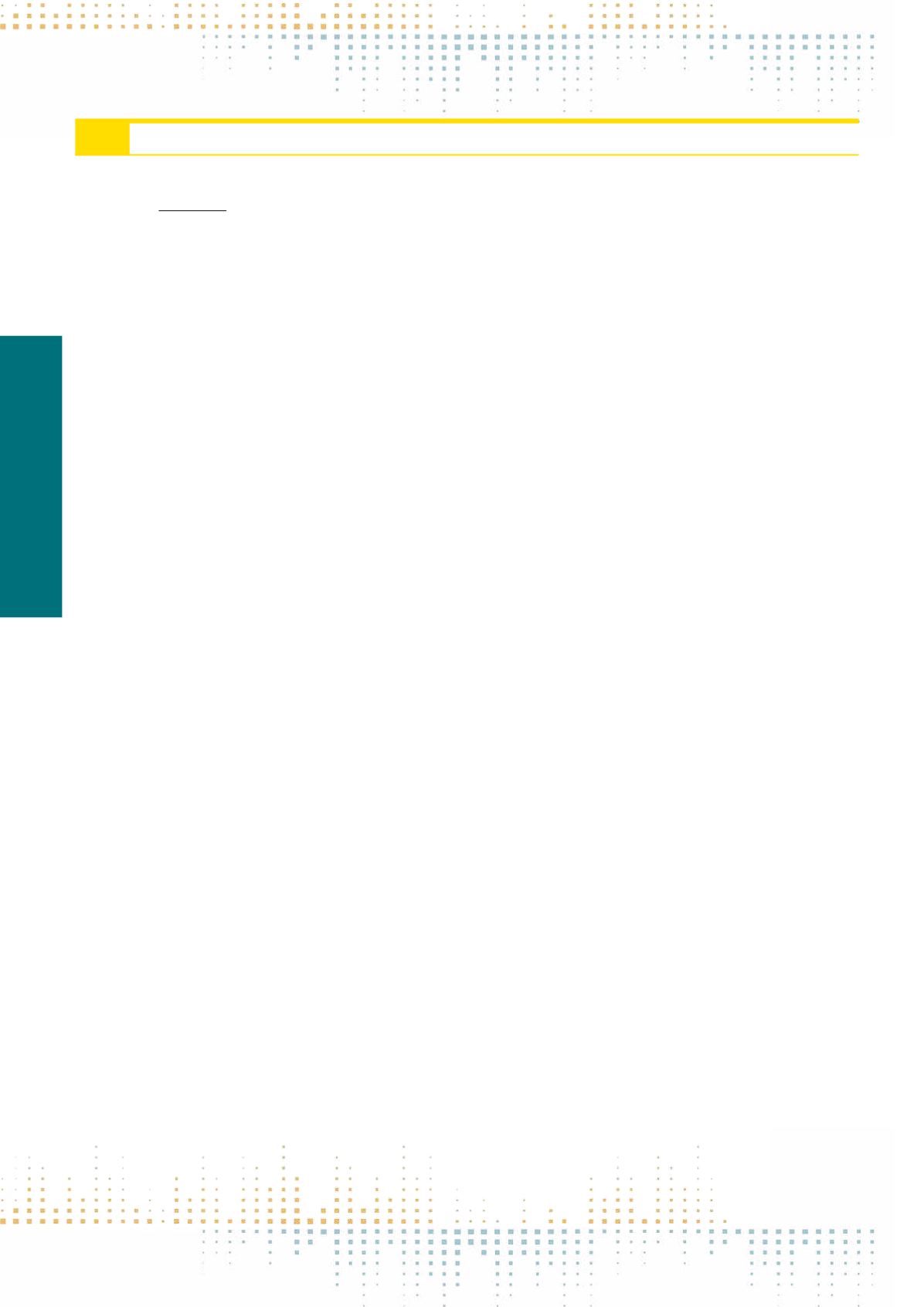

452
Friday, November 11
1 4 : 3 0 – 1 6 : 0 0
MIP PS
Poster session
PS 097
Finnish Political Journalists’Values and Practices: (Dis)Continuities in a Time of Flux
J. Väliverronen
1
1
University of Tampere, School of Communication- Media and Theatre, Tampereen yliopisto, Finland
This presentation investigates how Finnish political journalists describe and interpret their professional values and practices in a time of changes both
within journalism and in its relations to the other actors in the political public sphere. Previous studies (Herkman, 2009) have indicated how the Finnish
political public sphere has maintained its democratic corporatist nature (Hallin &Mancini, 2004) despite pressures to change. Partly, this stability is also due
to the principles of the national journalistic culture (cf. Hanitzsch, 2007) that have given journalists considerable autonomy from external influences. How‑
ever, in recent years, these tenets have been challenged on many fronts. The consensus-based politics have been questioned following economic austerity
measures and the rise of the populist Finns Party. Socio-technological developments and increasing media competition have resulted in growing (financial)
difficulties for mainstream journalism (Nikunen, 2014) as well as attempts to forge a closer relation with audiences (Ahva, 2010). Political journalists also
face a growing need to justify their position, values and practices. This requires internal negotiations: Kantola’s study (2013) indicated three generations
of political journalists with different ethea jostling for power to define proper political journalism. Battling external pressures is also necessary as media
executives are questioning even the well-established connection between journalism and democracy (Grönvall, 2015) and thereby potentially undermining
the position of political journalism. In this state of flux, this presentation considers the continuities and ruptures in Finnish political journalists’professional
values and ethos and attempts to track reasons for them.The data are based on two samples that highlight the theme from two different angles: 1) AWorlds
of Journalism Study -based quantitative survey about journalists’ values to members of the Association of Political Journalists in Finland (conducted in
2013–2014, N=80), and 2) Semi-structured qualitative interviews with political journalists about their practical work (to be done inWinter–Spring 2016,
N≈30). Through an analysis of the two samples, the presentation will shed light on the developments of political journalism in Finland and participate in
broader discussions about the role of journalism in the political public sphere. References Ahva, L. (2010) Making News with Citizens: Public Journalism and
Professional Reflexivity in Finnish Newspapers. Tampere: Tampere University Press. Grönvall, J. (2015) De-coupling of journalism and democracy: Empirical
insights from discussions with leading Nordic media executives. Journalism 16(8): 1027–1044. Hallin, D. & Mancini, P. (2004) Comparing Media Systems:
Three Models of Media and Politics. Cambridge: Cambridge University Press. Hanitzsch, T. (2007) Deconstructing journalism culture: Toward a universal
theory. Communication Theory 17(4): 367–385. Herkman, J. (2009) The structural transformation of the democratic corporatist model: The case of Finland.
Javnost –The Public 16(4): 73–90. Kantola, A. (2013) Fromgardeners to revol
utionaries:Therise of the liquid ethos in political journalism. Journalism 14(5):
606–626. Nikunen, K. (2014) Losing my profession: Age, experience and expertise in the changing newsrooms. Journalism 15(7): 868–888.



















